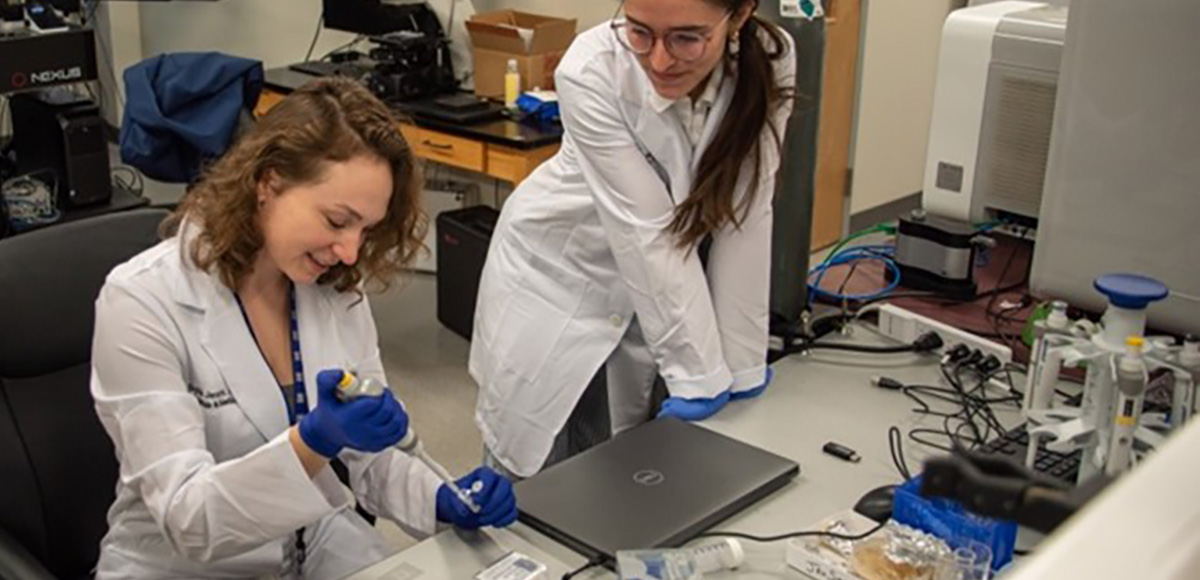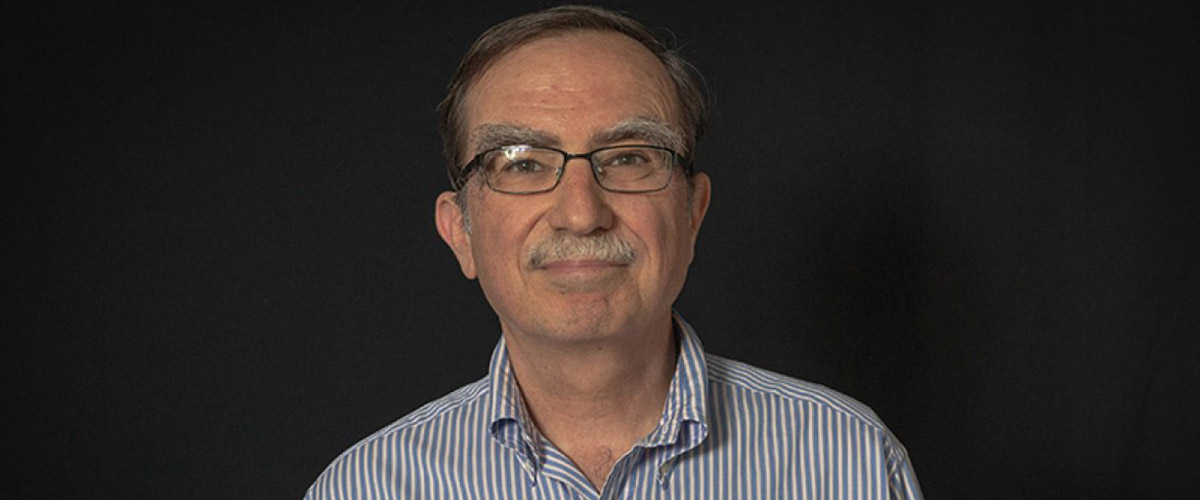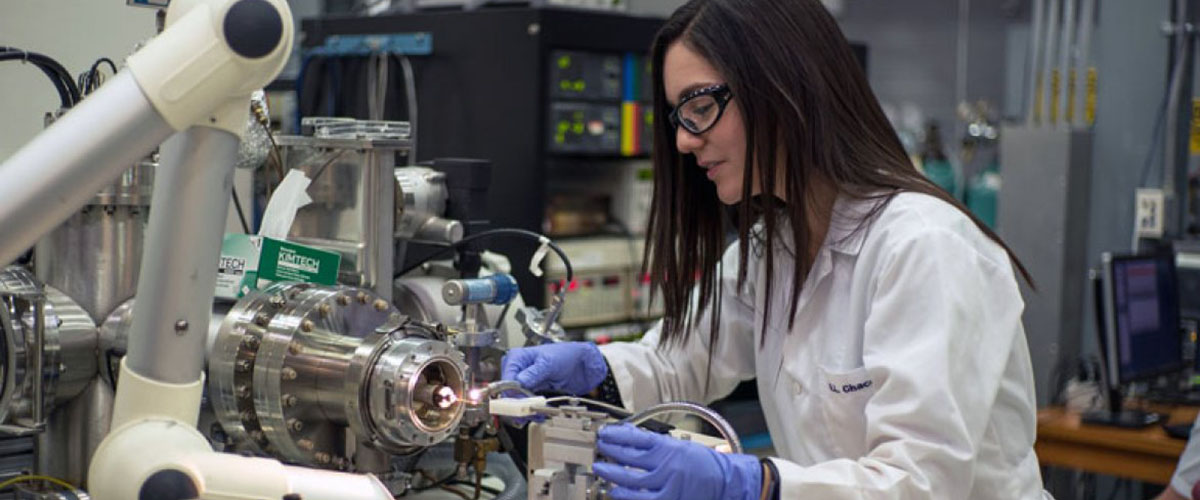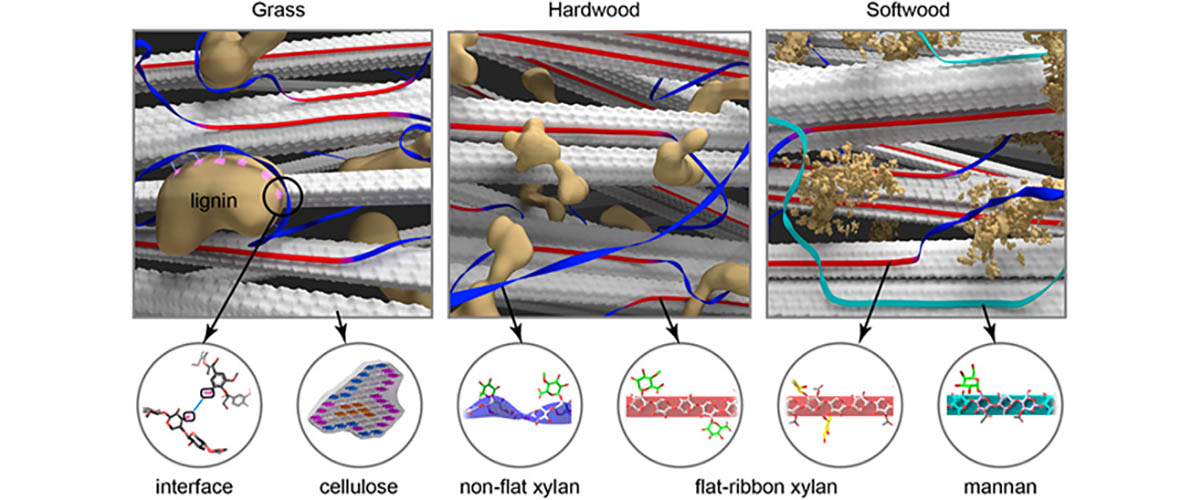Contact: Jamel Ali
TALLAHASSEE — Assistant professor Jamel Ali's research space at the National High Magnetic Field Laboratory looks much like a typical bioengineering lab— filled with complex equipment, gauges, microscopes, and vials. But take a closer look and you'll notice something remarkable. Nearly all of the researchers are women.
In a sector long dominated by men, Ali's lab stands out for its overwhelmingly female makeup. Of his 51 students, 41, or 80%, are women. And students say it makes a difference in the lab's dynamic.
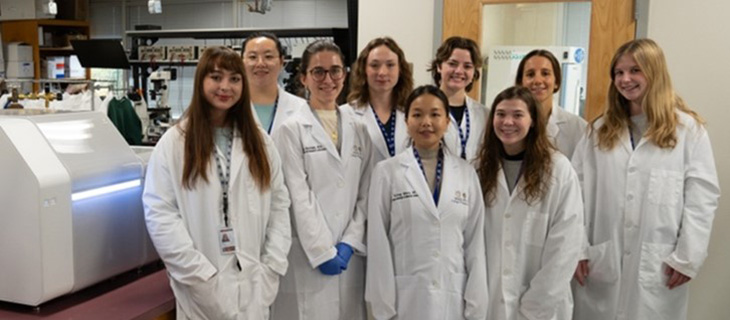
A few of the 41 female students in Professor Jamel Ali’s research group at the MagLab.
"As women pursuing the same profession, there is an inherent understanding of what we are all going through," said doctoral student and research assistant Mary Jean Savitsky. "I know I am surrounded by strong, independent, and intelligent women. That in itself is empowering and motivating."
Savitsky's research is focused on 3D printing of liver cells at a nano scale for drug toxicity testing and liver tissue restoration. Her lab mate, doctoral student Annie Scutte, develops biomaterials and utilizes bio fabrication techniques to create other tissue models.
"Collaborating with hardworking lab mates has not only made the experience enjoyable but has also fostered a culture of cooperation and teamwork," said Scutte.
Students say the lab provides a number of novel research avenues and a unique and inclusive environment.
"Everyone looks out for each other and will lend a hand at any time," said Sophie Jermyn, a doctoral student researching development of nanorobots for noninvasive medical uses.
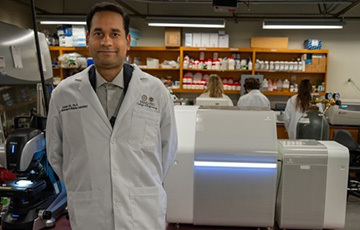
Jamel Ali, assistant professor in the FAMU-FSU College of Engineering, in his laboratory at the MagLab.
"This is something that just occurred naturally," said Ali, a chemical and biomedical engineering assistant professor at the FAMU-FSU College of Engineering. "In my first two years I had a few excellent female undergraduates. They liked the lab and recruited other students, and that has continued and grown."
This is far from the norm across Science, Technology, Engineering and Math. Women make up only 34% of the STEM workforce and men vastly outnumber women majoring in most STEM fields in college. Prior to college, Savitsky says even some fellow female students felt that women should not pursue certain careers because of their gender.
"I have heard my own peers commonly saying phrases like 'women are too emotional' or 'men are just better at that,' reflecting deeply ingrained societal biases that we must actively challenge and overcome,' Savitsky said.
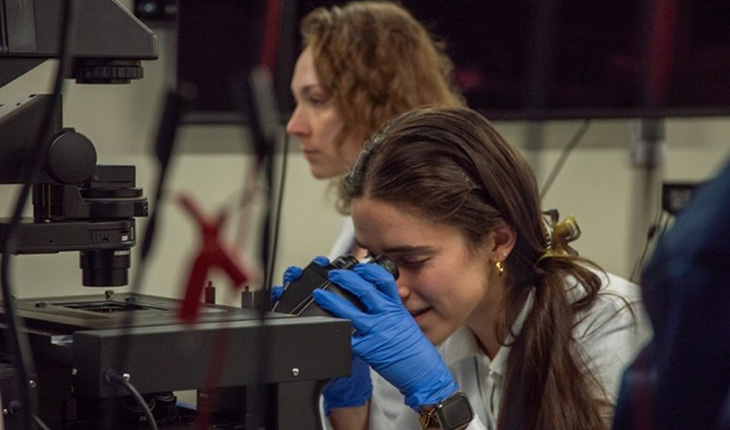
Graduate students Mary Jean Savitsky (foreground) and Sophie Jermyn (background).
For Ali, supporting those who are underrepresented in STEM was a major factor in his decision to become a professor.
"I strongly believe that if more undergraduate women are engaged early on in positive research experiences with graduate students, postdocs, and faculty mentors that look like them, this will help increase interest and retention in STEM majors and career choices," Ali said.
Scutte says she felt some reluctance to pursue STEM, because of the lack of women in the classroom and during her internships. But she was inspired by her high school biology teacher and college instructors.
"My chemistry professors during my undergraduate studies instilled in me the belief that I had the potential to succeed in any STEM field," Scutte said.
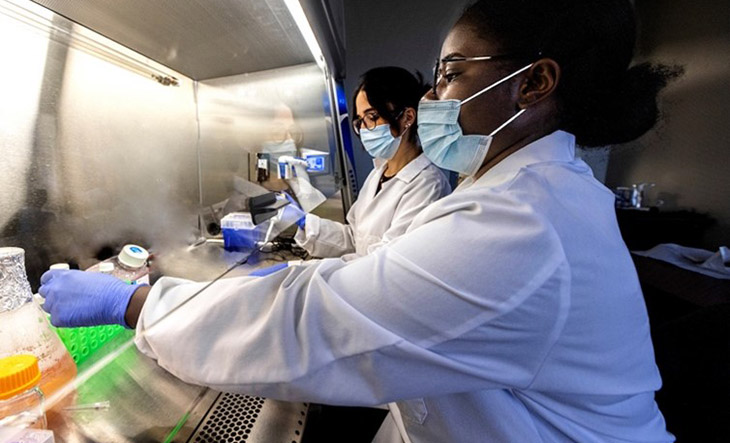
Graduate students Annie Scutte (foreground) Mary Jean Savitsky (background).
The labmates say their STEM education has not always been easy, but they hope their experience, and being part of this lab group that shatters stereotypes, will inspire the next generation.
"For girls interested in STEM careers, I encourage them to embrace their curiosity and pursue their dreams fearlessly," said Savitsky, "It is genuinely such a cool field."
"If I can do it, you can do it," Jermyn said "I was an average student, bounced around community college for a while, hated math, but ended up really enjoying biomedical engineering and thriving in STEM. You'll never know until you try."
"Never hesitate to ask questions or delve deeper into subjects that intrigue you," advised Scutte. "Pursue your passions relentlessly, regardless of their scale, and don't stop until you've fulfilled your aspirations."



